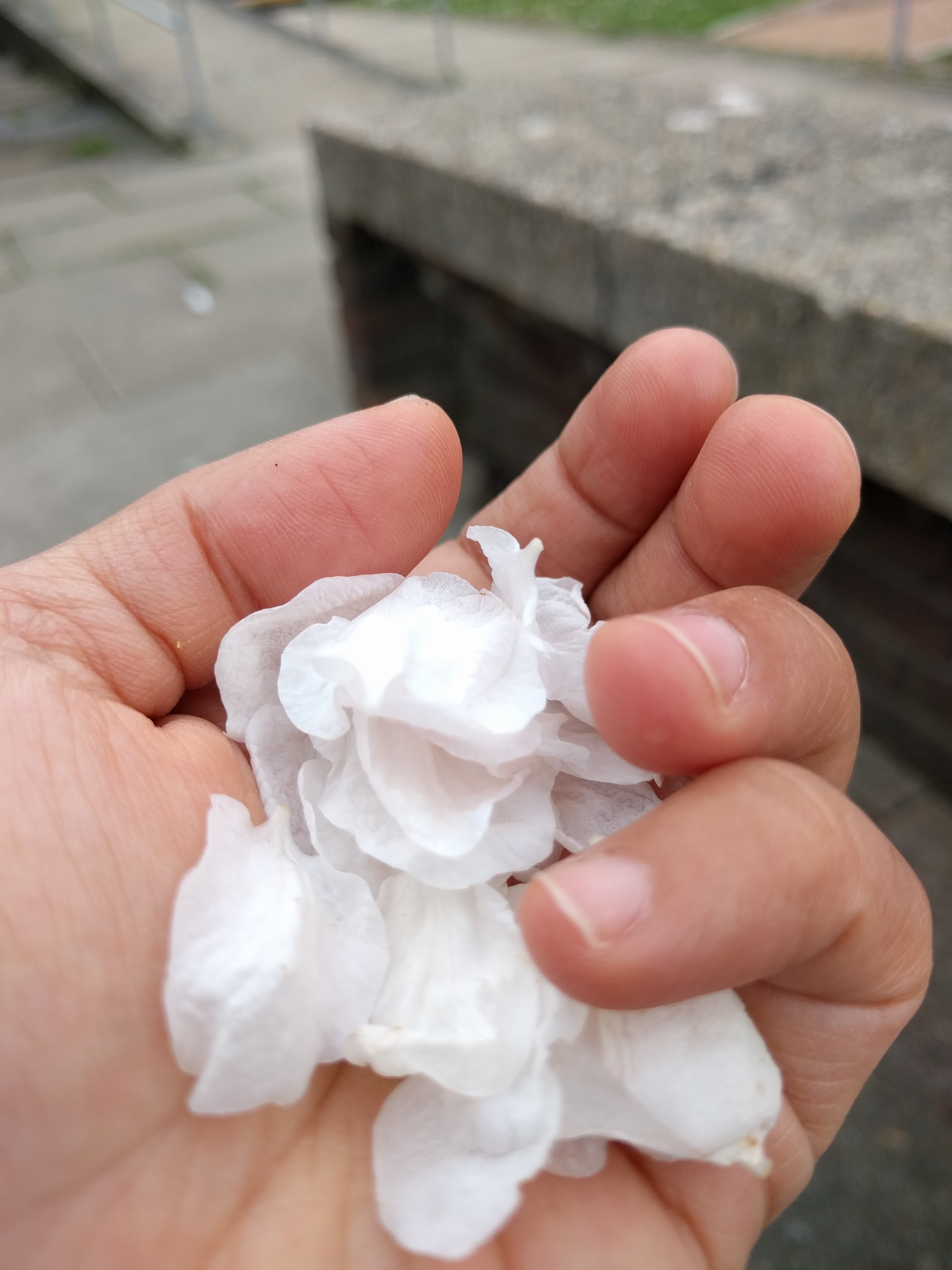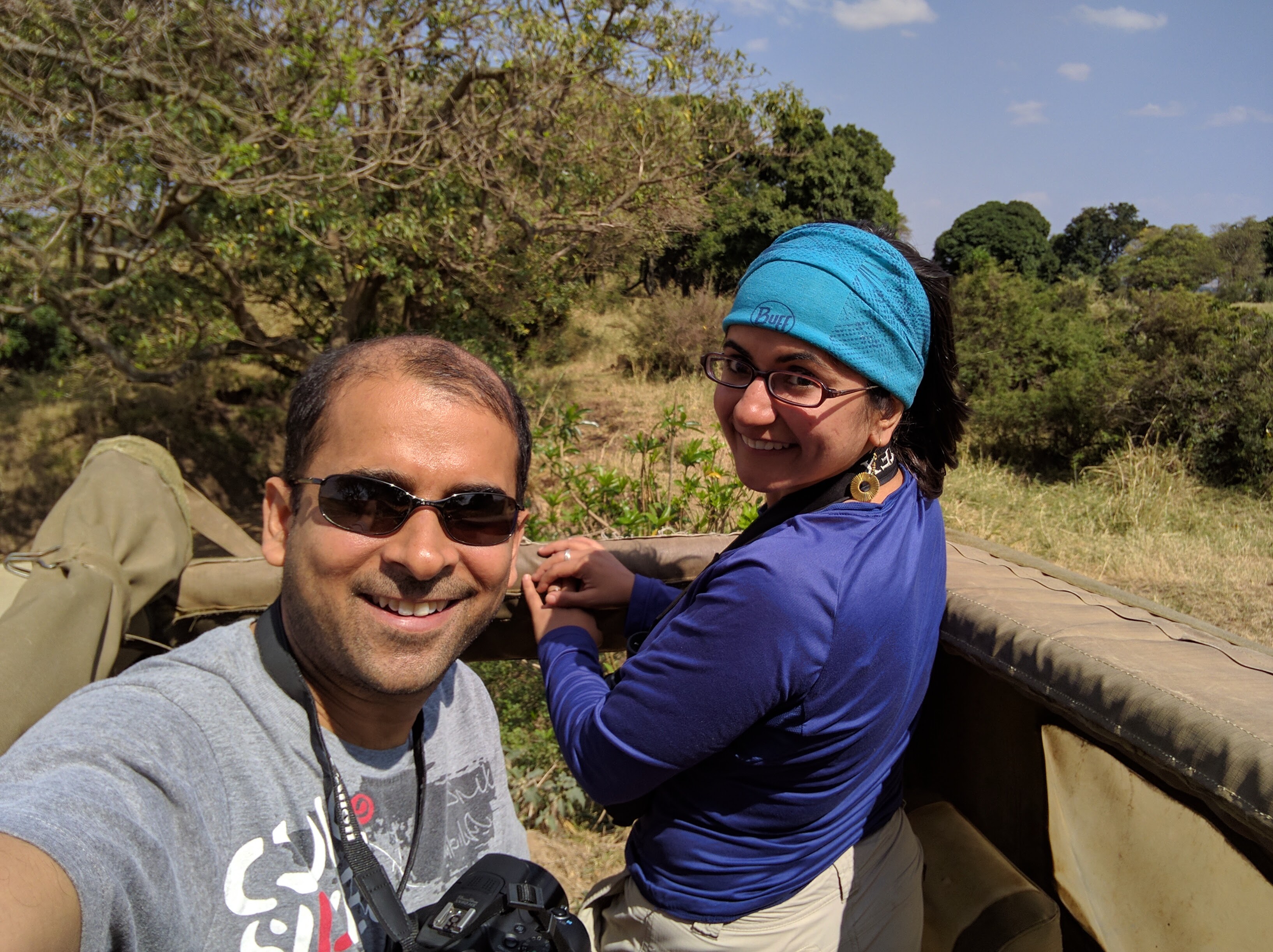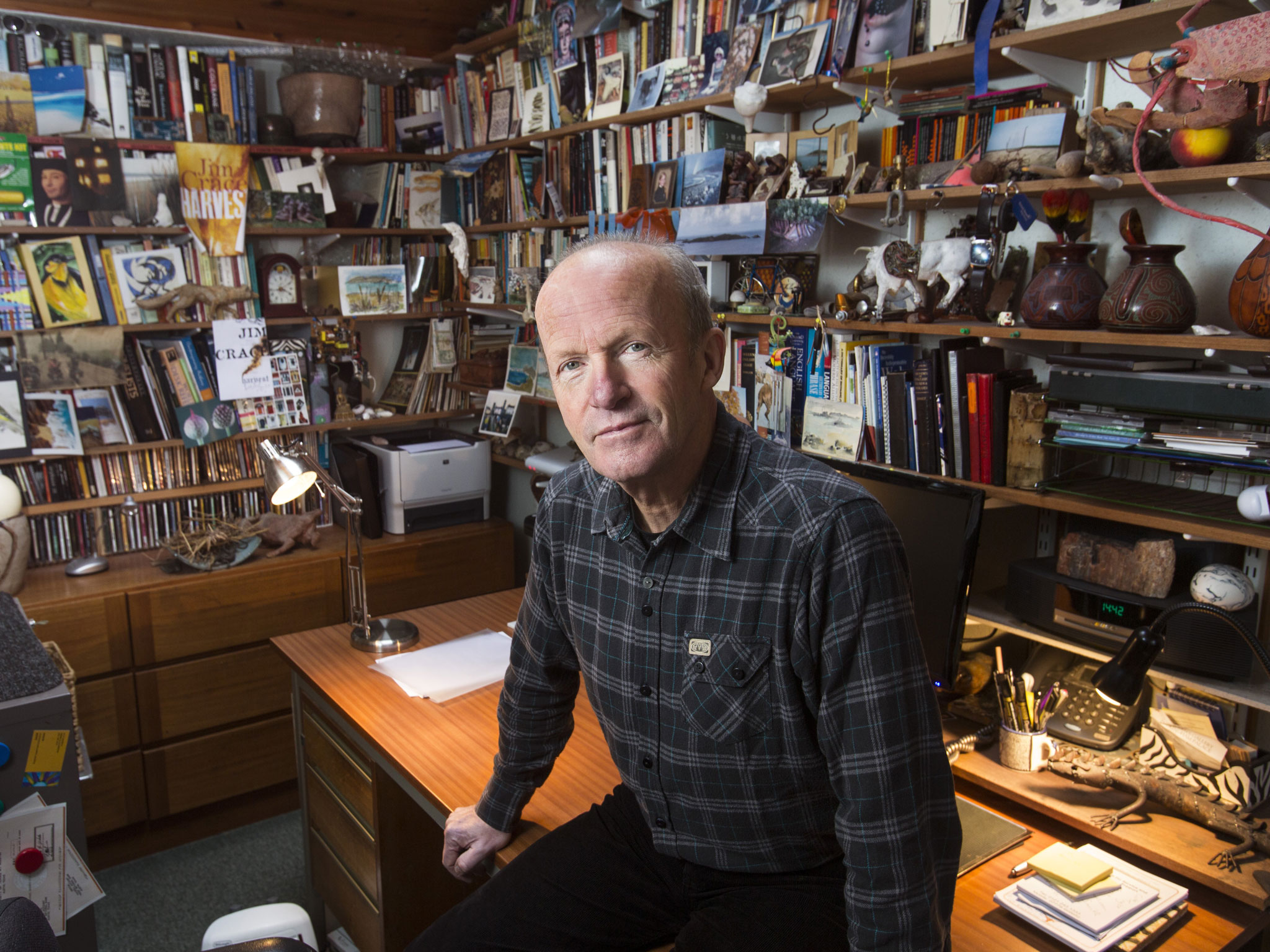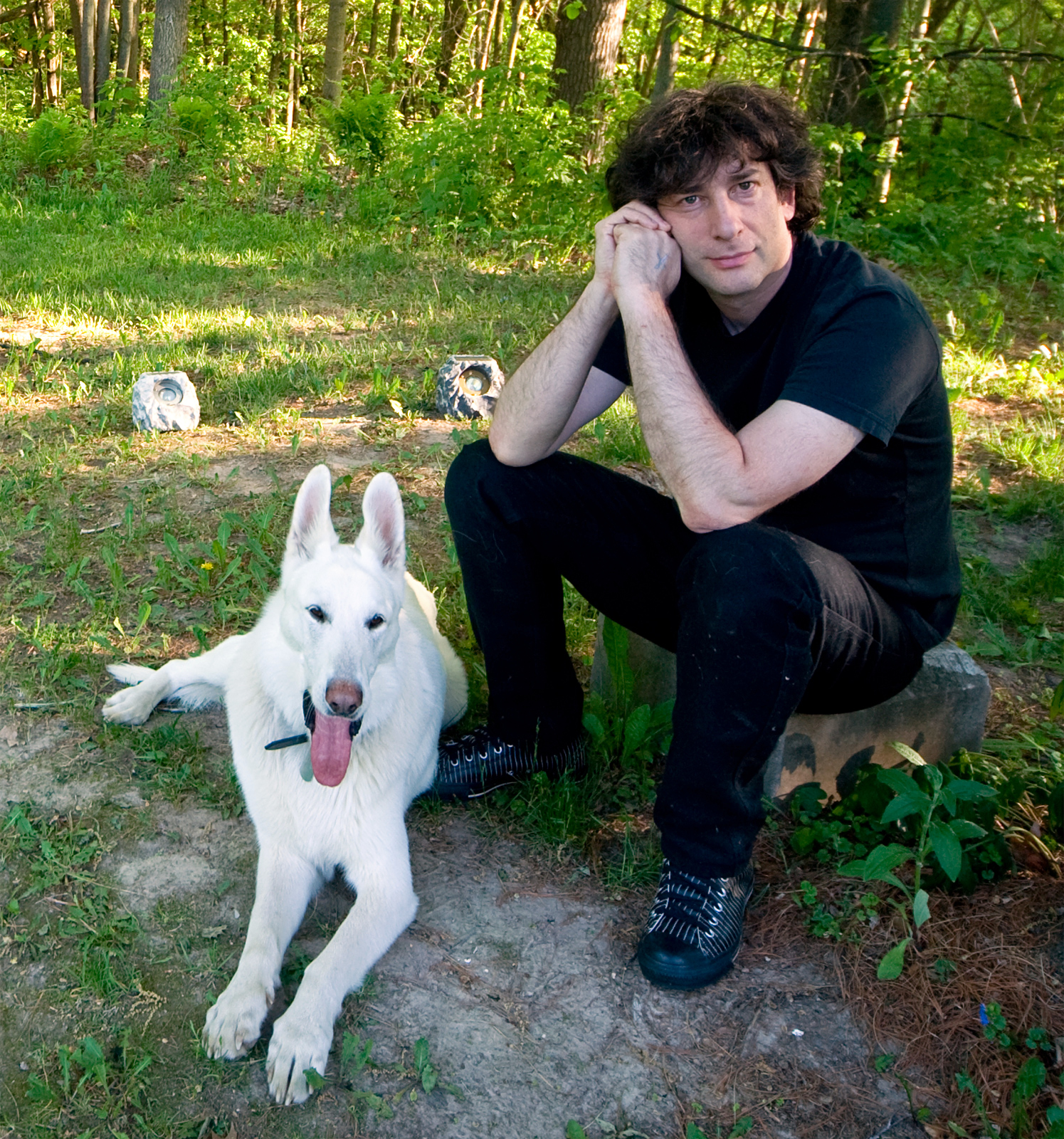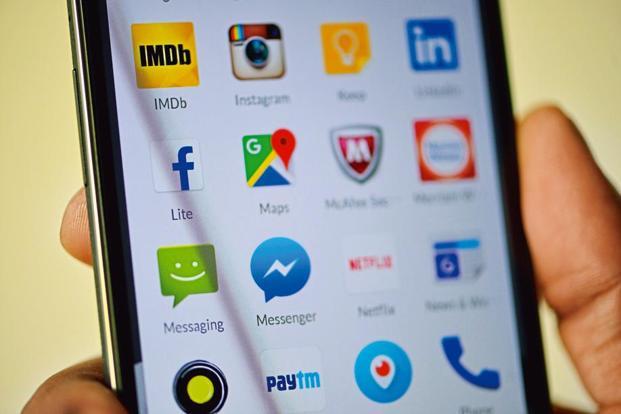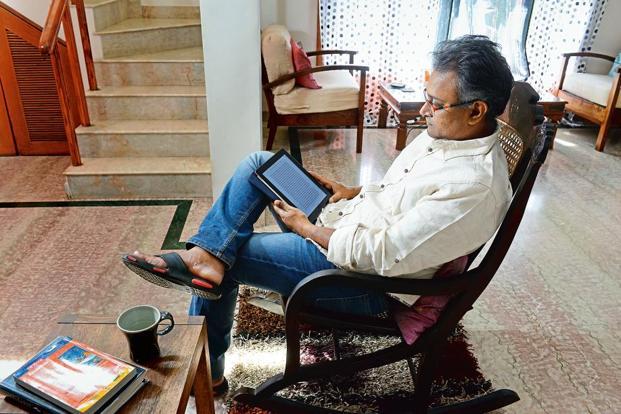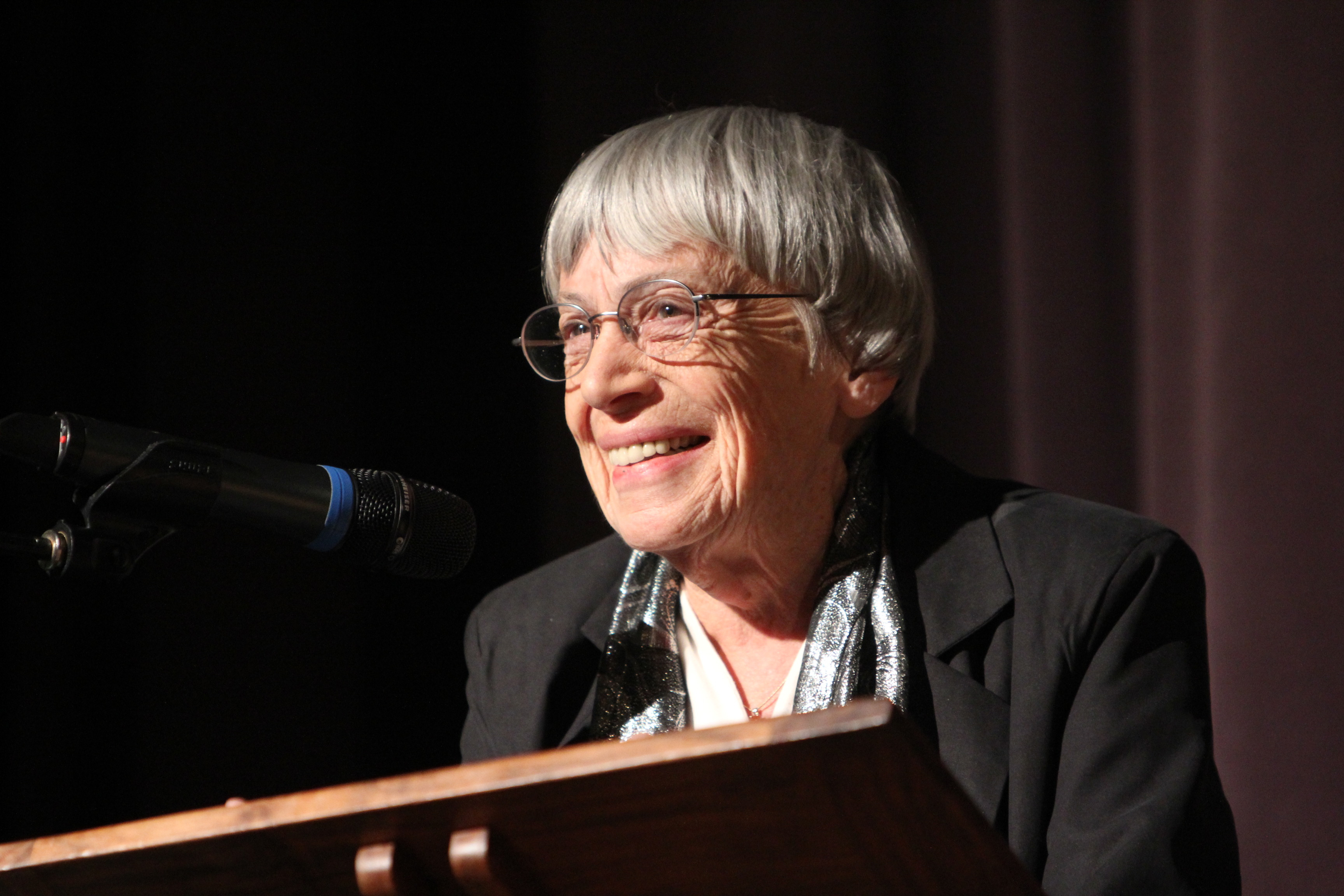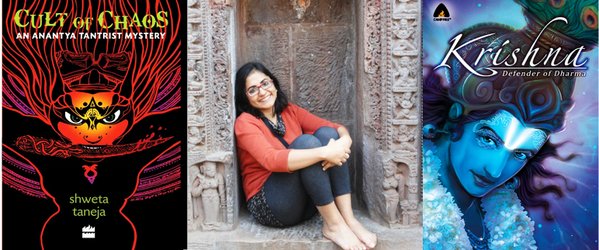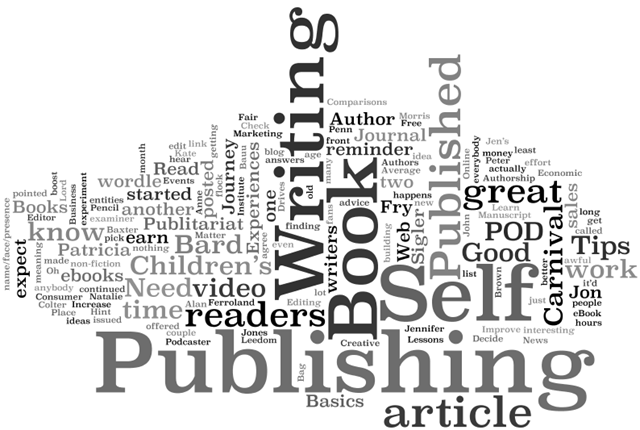A sunset crunched in 3 seconds. A party shortened to a few minutes. Time-lapse videos used to be a pain to shoot but now with smarter apps they’re as simple as, well, taking a selfie. Here are a few apps to turn you into a video pro.

Hyperlapse
If you’re an Instagram workhorse, Hyperlapse is the app for you to capture a speedball video. The app smoothens hand-held videos using a fantastic image-stabilization software that uses data from your phone’s gyroscope to measure and remove frames that are shaky. Run, walk, jump, fall, drive and take a video and get a cinematic feel without lugging around a selfie stick or a tripod. All you need to do is hold the phone camera up, shoot a video, choose how fast you want it to go (it can speed up your videos up to 12 times)and upload. The only downside of the app is that it is available only on iPhones.
Free on iPhone and iPad. Hyperlapse.instagram.com

Microsoft Hyperlapse
One of the few apps to create timelapse on Windows Phone, the Microsoft Hyperlapse Mobile comes with a simple, easy-to-use interface. It offers 32x speed, so you can crunch hours of videos into a few minutes. And you’re not limited to just the app. You can import any video, taken anywhere and speedball them up. What we also loved is that it can record 1080p videos. That’s pro- quality video for free and just right to be seen on the biggest screen in your home. This app can also stabilize videos, though that happens only if you choose 1x speed.
Free on Windows Phone and Android. Research.microsoft.com

Framelapse
Build by Noida-based computer engineer Nishant Singh as part of his project in the last year of his B.Tech course, the app comes loaded with features to take a hyper video. You can adjust the frame interval, speed, zoom, autofocus, adjust white balance, choose the front or back camera, set video resolution and take a video in landscape or portrait. You can also set up a video duration to stop recording automatically. So just place it in a corner of a party and let it do all the work while you mingle. The Pro version, which costs $2.99 (around Rs204), has added advance functions like sleep mode that reduces battery drain while recording and customization of the length of the video, exposure and frame interval.
Free on Android. Neximolabs.com
Read the complete article on Livemint.com


